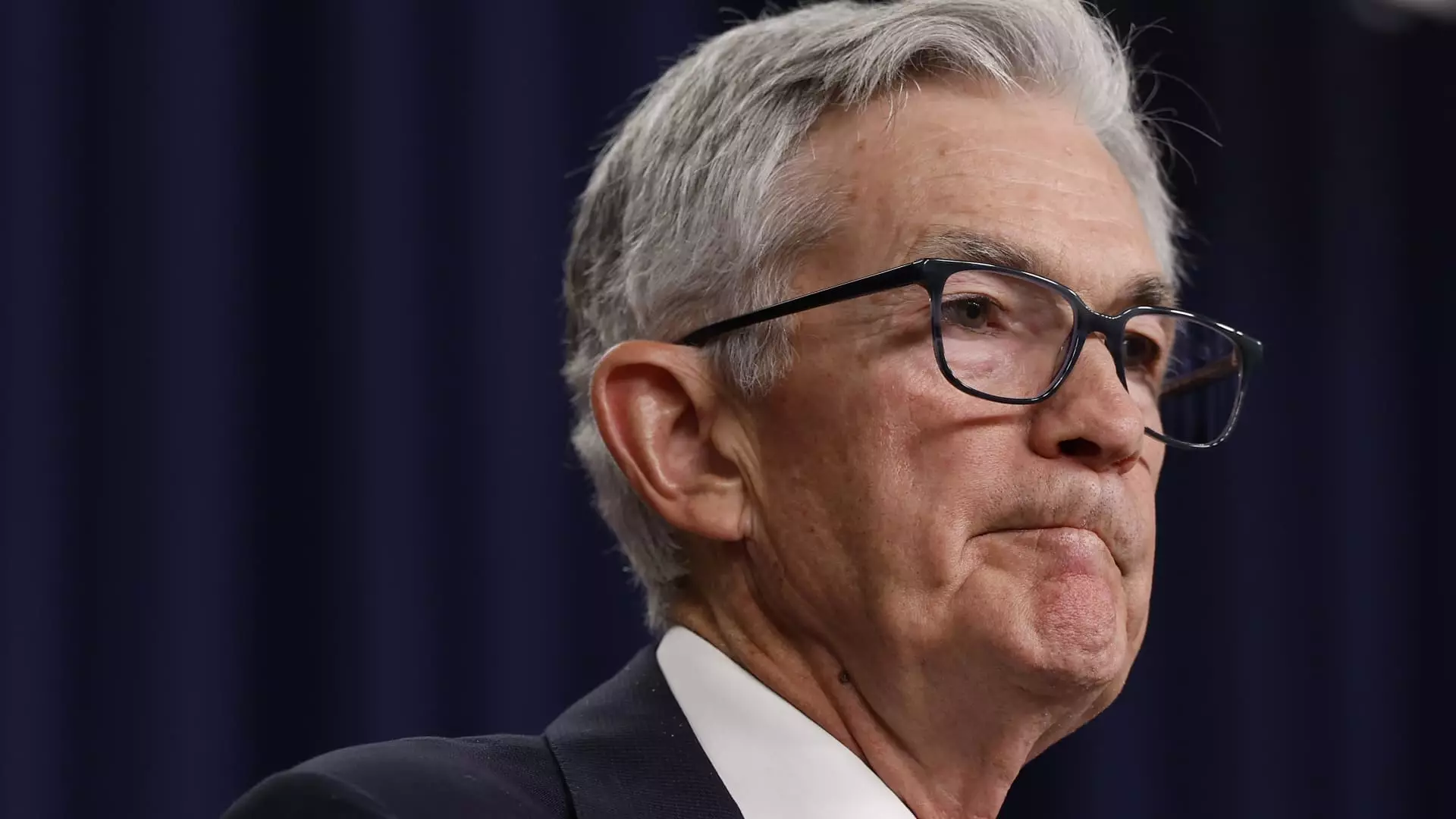In September, the Federal Reserve reached a significant decision to cut interest rates, marking a strategic shift aimed at influencing the economy amidst fluctuating inflation and labor market concerns. The minutes released from the meeting reveal a board grappling with uncertainty, divided over the degree to which they should adjust interest rates. Ultimately, the Fed decided on a 50 basis point cut, the largest since the early days of the pandemic, but not without dissent and debate among its members.
The Dissenting Voices Within the FOMC
While a majority of Federal Open Market Committee (FOMC) members supported the aggressive rate cut, only one member, Governor Michelle Bowman, voted against it. Her preference for a more modest quarter-point cut highlights growing concern among some policymakers about the pace and extent of adjusting monetary policy. The unease reflected in the meeting minutes suggests that not all board members were aligned with the aggressive stance, with several indicating that a 25 basis point reduction would have been more prudent, allowing for a gradual assessment of economic trends.
This internal division is particularly notable, as it marks the first dissent among members since 2005, an era when the Fed was renowned for its cohesive approach to monetary policy. The emergence of differing opinions within such a historically unified board raises questions about the Fed’s strategy moving forward and the implications for economic stability.
Despite internal disagreements, external economic indicators have painted a picture of resilience within the labor market. Reports from September showed an unexpected increase in nonfarm payrolls, suggesting that employment levels may be stronger than anticipated. This raises concerns among policymakers who had advocated for a more cautious approach; the growth in employment could undermine the justifications for a significant rate cut.
The drop in the unemployment rate to 4.1% further strengthens the case for an accurate evaluation of the current economic landscape. In light of these indicators, there is a growing consensus that while the Fed is embarking on an easing cycle, subsequent reductions may not be as steep or aggressive as the half-point cut witnessed in September.
Typically, the market’s response to such significant policy changes is telling of the broader economic outlook. Following the Fed’s announcement, major stock indices saw minimal movement, suggesting a degree of stability and optimism among investors despite the rate cut. However, futures markets indicate a complex picture, with traders now pricing in a conservative outlook for future cuts, suggesting that market players anticipate a slowing down of earlier aggressive projections.
Looking ahead, the overall sentiment is leaning towards a projected end-of-year fed funds rate aligned with the recent median assessment of 3.4%. This moderateness reflects a shift in expectations after recent employment data and suggests that while the Fed may continue to support economic growth, it will do so judiciously.
In discussing the rationale behind the rate cut, Fed Chair Jerome Powell emphasized a “recalibration” of policy, a term resonating through the minutes released to the public. This notion of recalibration signifies not merely a response to current economic conditions but a strategic alignment of objectives: managing inflation while fostering a robust labor market.
The minutes delineated that a substantial majority of participants advocated for the half-point cut, framing it as a necessary measure to sustain economic momentum while addressing inflation challenges. However, the document also reflects a clear awareness of the existing risks, highlighting the intricate balance the Fed must maintain to navigate the evolving economic landscape.
As the Fed moves forward, the dual objective of stimulating growth while cautiously monitoring inflation will likely continue to shape monetary policy. The internal debates and external economic indicators raise valid questions about the long-term strategy of an institution known for its careful consideration of economic dynamics.
Ultimately, the Federal Reserve’s decision in September signifies more than just a numerical adjustment in interest rates; it encapsulates a nuanced understanding of the current economic climate. The division among policymakers underscores the complexity of modern monetary policy, where every decision carries substantial risks and implications for the broader economy. As the Fed reassesses its strategies in light of both economic data and market reactions, the coming months promise to provide critical insights into the balance between growth, inflation, and labor market stability.

